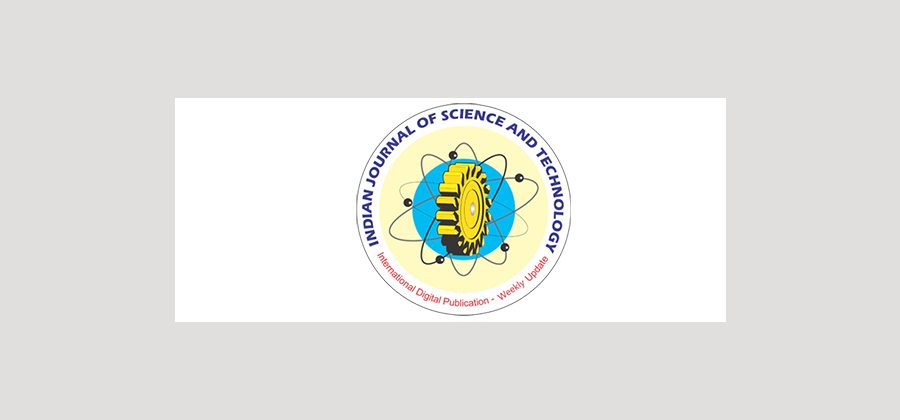


Indian Journal of Science and Technology
DOI: 10.17485/ijst/2016/v9i43/105033
Year: 2016, Volume: 9, Issue: 43, Pages: 1-4
Original Article
Sumin Lee1 , Jemyung Shim2 *, Sungjoong Kim2 , Seung Namkoong2 and Hyolyun Roh2
1Department of Physical Therapy, Emergency Medical Rehabilitation, Kangwon National University, 346 Hwangjo-ri Dogye-eup Samcheok-si Kangwon-Do, KS007, Republic of Korea; [email protected] 2Department of Physical Therapy, College of Health and Science, Kangwon National University, 346 Hwangjo-ri Dogye-eup Samcheok-si Kangwon-Do, KS007, Republic of Korea; [email protected], [email protected], [email protected], [email protected]
*Author for correspondence
Jemyung Shim Department of Physical Therapy, College of Health and Science, Kangwon National University, 346 Hwangjo-ri Dogye-eup Samcheok-si Kangwon-Do, KS007, Republic of Korea; [email protected]
Objectives: This study aims to identify the effects of circuit weight training and weight training on foot pressure. Methods/ Statistical Analysis: The 20 young participants were divided into a Circuit Weight Training Group (CWTG) and a Weight Training Group (WTC) with ten participants in each group. A gait analyzer was utilized to assess on plantar pressure of subjects. The plantar pressure of ten spots was measured and analyzed. A paired samples t-test was used before and after the exercise in the CWTG and the WTG. Findings: This study shows the two groups’ changes in plantar pressure after the exercise as compared to before the exercise. The CWTG saw a significant increase in plantar pressure in two of the ten areas (F6, R1) and the WTG saw a significant increase in five of the ten areas (F4, F5, F6, R3, R4). After the four-week exercise program, the WTG’s plantar pressure significantly increased in five of the ten areas of the sole, with a significant increase in the middle foot. The CWTG’s plantar pressure significantly increased in two of the ten areas of the sole, the great toes and the outer areas of the heels. This means that the CWTG’s plantar pressure is closest to the normal movement of plantar pressure. Improvements/Applications: The CWTG exercise method resulted in a normal gait pattern, which had a more positive effect on gait than weight exercise.
Keywords: Circuit Weight Training, Foot Pressure, Healthy Adults, Normal Gait Pattern, Weight Training
Subscribe now for latest articles and news.